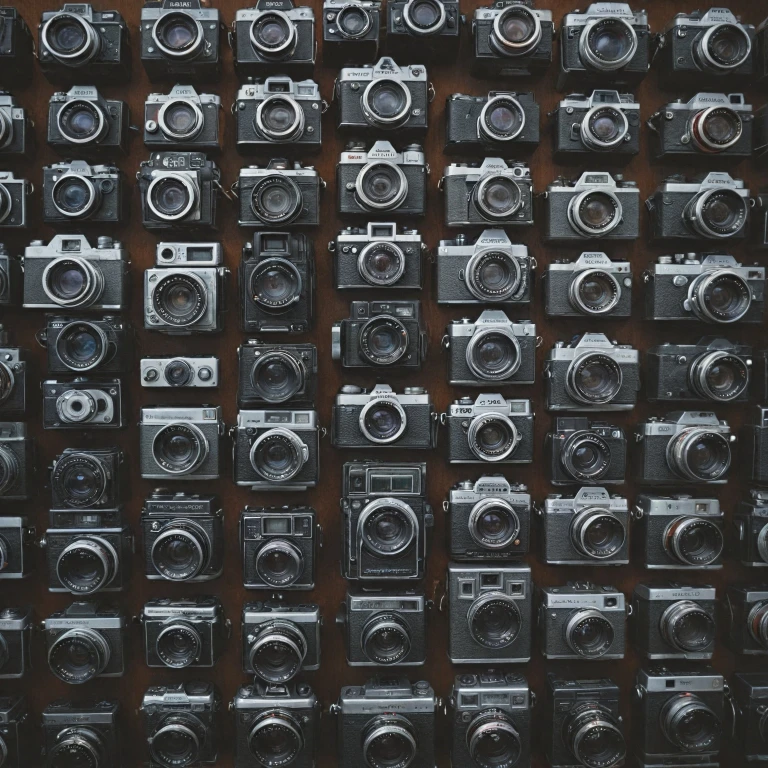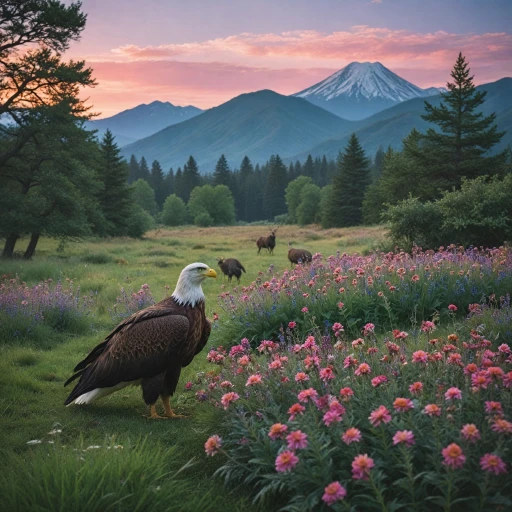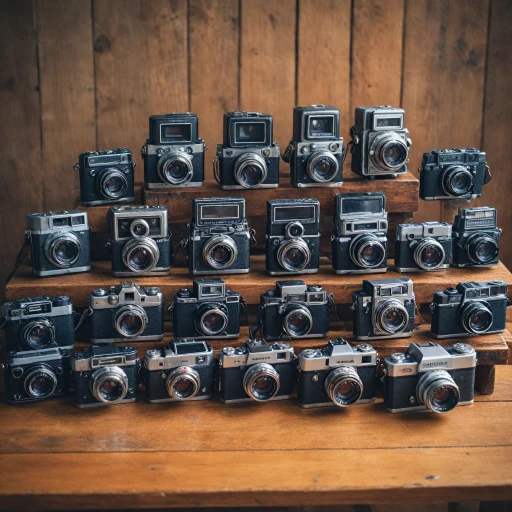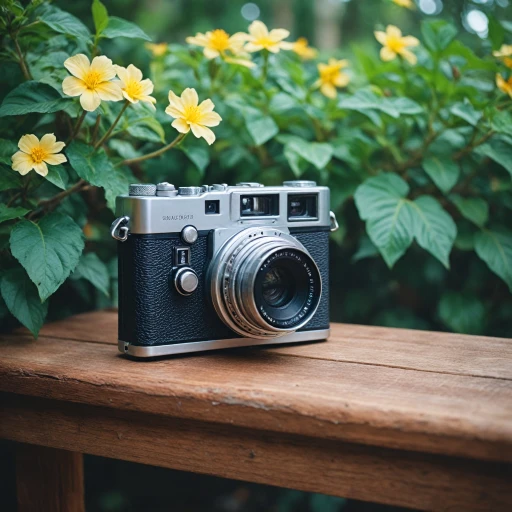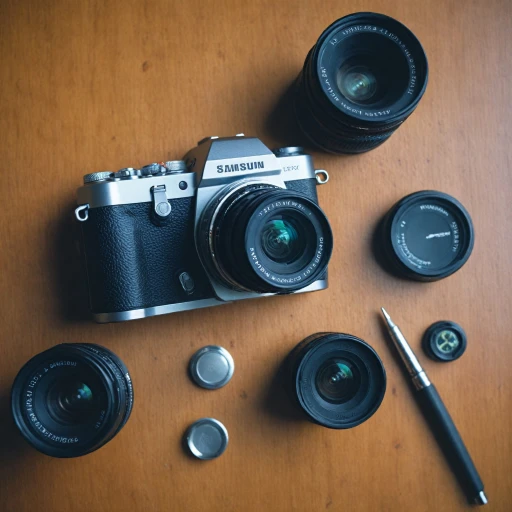Understanding 35mm Cameras
Delving into the World of 35mm Cameras
For enthusiasts and professionals alike, 35mm cameras represent a significant chapter in the history of photography. These cameras have been a staple for decades, beloved for their versatility and the unique qualities they bring to film photography. Whether you're considering a classic Canon or a sleek Olympus, understanding what makes these cameras tick is essential.
35mm cameras come in various forms, from the compact point and shoot models to the more advanced SLR (Single-Lens Reflex) systems. Each type offers distinct advantages, depending on your photography needs. For instance, a point and shoot like the Olympus Trip is perfect for those who want a simple, no-fuss experience. On the other hand, an SLR film camera provides more control over settings, making it ideal for those who want to delve deeper into the art of photography.
When exploring 35mm cameras, it's crucial to consider the film format. The standard 35mm film roll is widely available and offers a good balance between image quality and ease of use. However, some photographers may opt for half frame cameras, which allow for twice as many exposures on a single roll, albeit with a smaller image size.
Brands like Canon, Nikon, Leica, and Pentax have been at the forefront of 35mm camera production, each offering models with unique features. From the robust Canon EOS series to the elegant designs of Leica, there's a 35mm camera to suit every taste and budget. Understanding these options will help you make an informed decision when choosing the best film camera for your needs.
For those interested in exploring the charm of vintage cameras, you can find more insights here. This resource provides a deeper look into the allure of older models and their impact on modern photography.
Key Features to Consider
Must-Have Features for an Excellent 35mm Camera
When embarking on the journey to film photography, there are several crucial features to consider that can significantly enhance your shooting experience. Whether you are venturing into the world of point and shoot models like the Olympus Trip or SLR film cameras such as those from Canon or Nikon, these features remain essential for capturing great images.
- Lens Quality: The lens is one of the most vital components of your camera. Whether it's a Canon, Nikon, or Leica, the lens quality will greatly affect the sharpness of your images and the ability to shoot in low light conditions. High-quality lenses offer better control over depth of field, letting you isolate subjects effectively.
- Camera Build: The camera body should feel sturdy yet comfortable in your hands, ensuring ease of handling on long trips. Brands like Pentax and Olympus are noted for their robust build quality, allowing you to confidently shoot in varied environments.
- Exposure Control: Understanding and having control over exposure can elevate your photography. Cameras with manual controls give photographers the ability to adjust shutter speed and aperture, capturing the scene as intended without relying solely on automatic settings.
- Frame Format: While most 35mm cameras shoot full-frame images, some, like the Pentax Half, offer half-frame photography, allowing you to capture twice the number of photos on a single film roll—great for extensive trips where carrying multiple rolls might not be feasible.
- Price and Value: It's important to evaluate the price in relation to the features offered. High-end brands might offer premium features at a higher cost, but there are also budget-friendly cameras that provide a wonderful entry into film photography without breaking the bank.
Choosing the best camera involves weighing these features and determining what suits your style and needs. Whether you're looking to experiment with expired film or aim for the highest image quality, understanding these key features will guide you in making an informed decision. For more in-depth exploration of film photography, consider exploring the world of aura photography cameras.
Top 35mm Camera Models
Exploring a Few Standout Models
For photography enthusiasts fascinated by film, the 35mm camera market offers a plethora of outstanding options. Key players like Canon, Nikon, Leica, Olympus, and Pentax have produced some of the best film cameras, each bringing unique benefits to the table. Here's a look at a few standout models that could help you capture those perfect shots.- Canon EOS Series: A reliable choice for both beginners and professionals, the Canon EOS line offers impressive versatility and quality. Whether you're involved in landscape photography or capturing portraits, the Canon programs and lenses handle a variety of shooting conditions with ease.
- Nikon F Series: These cameras are considered workhorses in the realm of film photography. Their robust camera bodies and extensive lens compatibility make them a favorite among many photographers. They are well-suited for those who want to shoot film with precision and quality.
- Leica M Series: Known for their exceptional build quality and image fidelity, Leica cameras are often the pinnacle of film cameras for many collectors and professionals. Despite the higher price point, they offer unparalleled image clarity.
- Olympus Trip 35: A compact and lightweight option, the Olympus Trip is a fantastic choice for casual photographers who enjoy point-and-shoot convenience. Its half-frame capability allows for extended film usage, making it great for travel photography.
- Pentax K1000: Often touted as the best film camera for beginners, the K1000 is known for its durability and simplicity. It’s an excellent starting point for those new to manual photography.
Comparing Film and Digital 35mm Cameras
Evaluating the Classic Analog Against Digital Revolution
As you navigate the vast realm of photography, the decision between film and digital 35mm cameras becomes a pivotal point. Both options bring their own unique set of attributes to the table, and understanding their nuances can illuminate the choice best suited for your photographic journey.
Film cameras, such as the revered Olympus Trip or the iconic Canon EOS, have retained a dedicated following among photographers who appreciate the tangible and distinctive quality of film photography. The grain, color depth, and dynamic range offered by a well-shot film frame often exude a timeless charm. Film cameras, particularly SLR film models, have a straightforward operation that appeals to both beginners and seasoned photographers exploring the nostalgic allure of expired film.
Digital cameras, on the other hand, embrace modern technology, offering convenience and innovation. They allow photographers to capture hundreds of images on a single memory card, perform instant image reviews, and utilize advanced digital editing tools. Brands like Canon, Nikon, and even high-end producers such as Leica have revolutionized imagery with their innovative designs.
- Image Quality: Film offers unique aesthetics with its grain and texture, whereas digital shines in high-resolution clarity and vibrancy.
- Convenience and Cost: Digital cameras, though higher in upfront price, can prove cost-effective in the long run as they eliminate the recurring expenses of film rolls and processing.
- Portability: Many digital point and shoot cameras, and even compact DSLRs, provide lightweight options compared to bulkier film camera bodies.
- Maintenance: Digital cameras generally require less upkeep compared to film cameras, which need careful care of film mechanisms and lens cleanliness.
- Artistry: While digital offers versatility and post-processing potential, film demands a sound understanding of apertures and exposures, which can enhance one's photographic skills.
Ultimately, the decision boils down to your aesthetic preference, technological comfort, and how you wish to express creativity through your lens. Whether you lean towards the classic charm of film or the precision of digital, both formats promise to unlock different facets of the art of photography.
Tips for Choosing the Right 35mm Camera
Selecting the Ideal 35mm Camera for Your Needs
Choosing the right 35mm camera requires careful consideration of several factors that can enhance your film photography experience. Here's a concise guide to assist you:- Budget: Determine your budget early on. 35mm cameras range widely in price, from affordable options to high-end models like Leica and Canon EOS. Knowing your budget helps you focus on cameras within your price range.
- Lenses: Consider the availability of lenses. Brands like Nikon and Olympus offer extensive lens systems compatible with many of their cameras. If you are keen on experimenting with different photography styles, this versatility can be advantageous.
- Camera Type: Decide between a single-lens reflex (SLR) and a point-and-shoot. SLRs offer interchangeable lenses and often feature more manual controls, perfect for those interested in film photography nuances. In contrast, point-and-shoot, like the Olympus Trip, are lightweight and convenient for casual or travel photography.
- Film Compatibility: Whether you're interested in using common 35mm film rolls or experimenting with expired film, ensure your chosen camera accommodates the film type you plan to shoot.
- Camera Body: The robustness of a camera body is crucial, especially for on-the-go photographers. Consider compact, durable bodies like those from Pentax for easy handling during trips.
- Image Quality: Evaluate cameras known for producing impressive image quality. Some models, including certain Canon and Nikon SLRs, are celebrated for their sharp, vivid images.
- Unique Features: Look into features that might be important for you, such as half-frame options for more exposures per film roll, or medium format capabilities if you are aspiring for fine detail and tonal range.
- Reviews and Recommendations: Trustworthy reviews and firsthand experiences can provide invaluable insights. Consider community or expert opinions on various models to better understand which cameras are presently considered the best in film photography.
Maintaining and Caring for Your 35mm Camera
Preserving Your Camera's Lifespan
Maintaining and caring for your 35mm camera is essential to ensure longevity and consistent performance. Whether you have a classic Canon, Nikon, Olympus, or Leica, proper care can make a significant difference.Regular Cleaning Protocol
- Lens Care: The lens is the most crucial element of your camera. Use a microfiber cloth to gently clean the lens to avoid scratches. If shooting frequently, consider having a lens cap for protection.
- Body Maintenance: Dust and dirt can accumulate on the camera body and in the small crevices. An air blower can help remove particles without scratching the surface.
Storage Considerations
- Proper Environment: Store your camera in a cool, dry place to prevent mold and moisture damage. A camera bag with silica gel packets can help maintain a safe environment.
- Protection While Traveling: If you're on a photo shoot trip, using a dedicated camera bag with padded compartments is a great way to protect your camera body and lens from impact.
Film Handling Techniques
- Loading and Unloading: Handle film rolls with care. Minimize direct contact and avoid exposure to sunlight to prevent damage.
- Expired Film: Be aware that using expired films can affect the color and quality of your images, though it can also add a unique effect for creative photographers.
